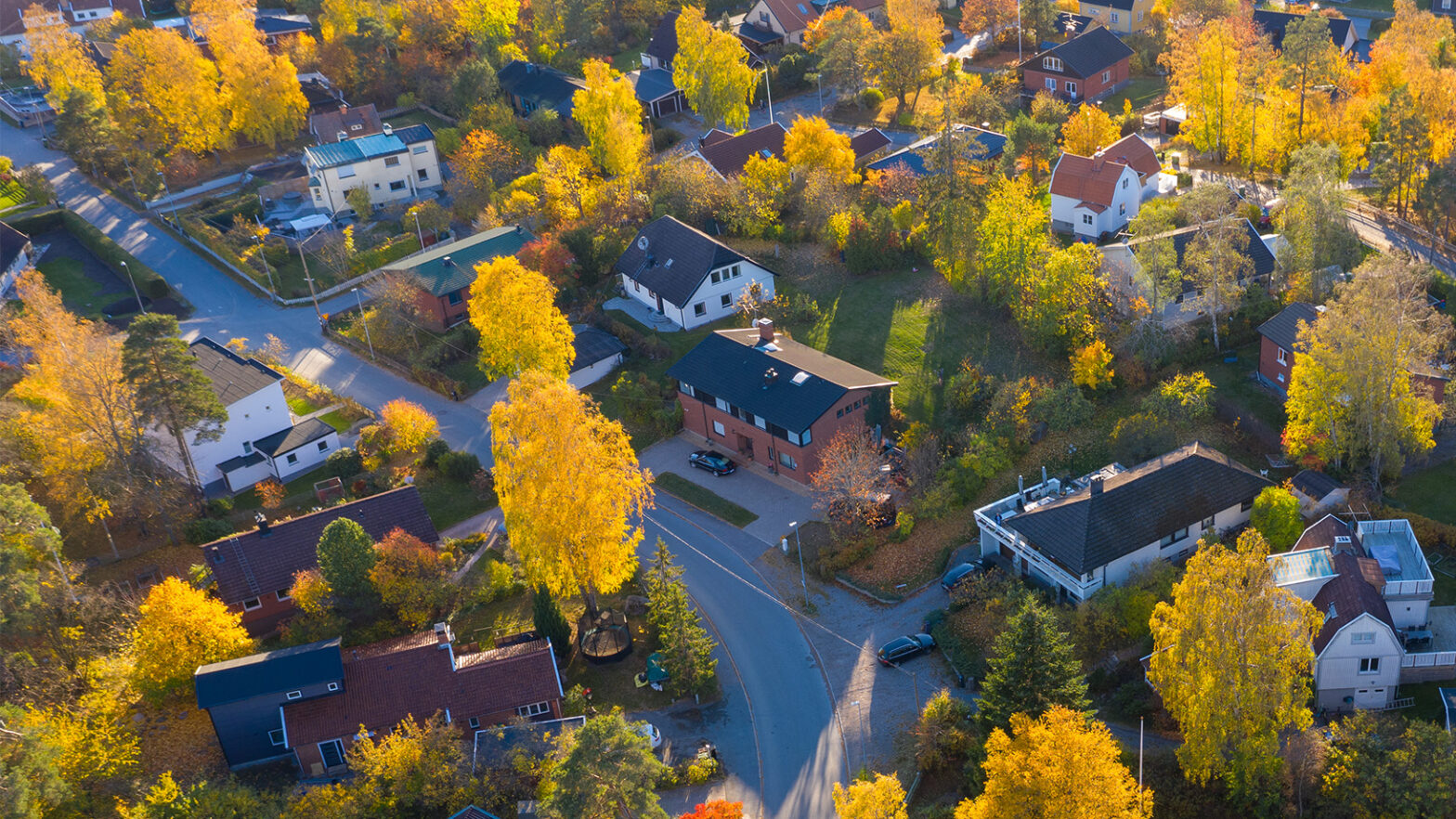
Update on Biodiversity Net Gain: a landmark moment
We previously reported that the Environment Act 2021 (Commencement No.8 and Transitional Provisions) Regulations 2024, were due to bring into force parts of the Act that dealt with Biodiversity Net Gain (BNG).
As of 12 February 2024, it is mandatory that all new planning permissions submitted in England under the Town and Country Planning Act 1990 deliver a BNG of 10% for at least 30 years (subject to exemptions).
For small sites, which include residential developments where there are fewer than nine dwellings or commercial developments where the floor space is less than 1,000 square metres, those BNG requirements will apply from 2 April 2024.
This milestone legislation aims to reverse the decline in biodiversity by ensuring that development projects in the UK create an overall net gain through providing higher quality habitats than there were before development.
How to meet the requirement
There are three ways in which developers are able to meet this requirement:
- Onsite gain: creating habitats on the development site itself.
- Offsite gain: purchasing additional land and implementing processes on that land or combining a mixture of on-site and off-site solutions (which could include buying off-site biodiversity units on the market).
- Credits: purchasing statutory credits, the cost of which is applied to developing BNG elsewhere by the government.
A developer can use a combination of all three options, but this biodiversity gain hierarchy must be adhered to. Developers will have to demonstrate that onsite BNG has been considered initially, followed by offsite gains and statutory credits as a last resort.
Exemptions
However, some types of development will be exempt from mandatory BNG requirements. These include:
- Planning applications made before 12 February 2024 and variations to existing permissions granted before 12 February 2024.
- De minimis developments that do not impact a priority habitat and impact less than 25 square metres of on-site habitat or 5 metres of on-site linear habitat such as hedgerows.
- Developments that consist of nine or fewer dwellings, are smaller than 0.5 hectares and are solely self-build or custom house builds.
- Sites that are to be used for the purpose of fulfilling BNG planning conditions for another development.
- Applications forming part of, or are ancillary to, the high-speed railway network.
The impact
For developments that fall within the scope of the new BNG requirements, some practical impacts will be:
- Having to conduct baseline biodiversity assessments on proposed sites and incorporate this into the design phase: This will require the specialist expertise of ecologists which can be costly and time-consuming, particularly for SME developers.To mitigate this, developers can evaluate the potential cost impact of BNG early-on in the site acquisition process, to avoid those locations with habitats that will bear high costs. The government have produced a biodiversity metric tool which can be useful, on an indicative basis, to provide an estimate of the likely cost to implement BNG on a particular site.
- A legal commitment to ensure that the enhanced BNG of sites is maintained for at least 30 years: A new part of the planning process will therefore include proposals relating to the management and monitoring of BNG in new projects. This requirement for developers can incur additional cost as the obligation is offset to management companies, agents or other local planning authority approved third parties.However, it is expected that lenders will view developments where BNG is implemented onsite to be a low-risk option because they will have security over the land and developers will be in control of BNG delivery.
- Dedicating a portion of the site as land for the creation of BNG: With smaller sites, land availability for this purpose can affect and alter plans for development. Developers will have to administer innovative methods to strike a balance between development and the implementation of BNG strategies through careful planning of land-use.For land where onsite gain is not viable, offsite gain or statutory credits remain an option. Statutory credits are designed to be expensive as they are supposed to be a last resort. Developers may face high prices in the short term, but a new supply and demand mechanism for off-site biodiversity units is expected to emerge, driving the price down over time.
BNG policy has certainly marked a significant shift towards ecological responsibility within development, but it is clear the industry will have to adapt in order to navigate this new framework. The government have recently updated their BNG guidance and provides a useful overview of the policy objectives and what different stakeholders in the industry including developers, land managers and LPAs need to do to meet those objectives.
How we can help
If you would like further advice or information on anything contained in this article, contact our real estate team.
Talk to us about
Related services















